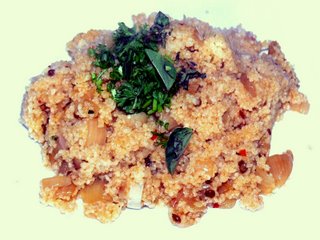I’ve given quantities here for four diners, but you should be aware that this is one of those things that people will ask for seconds and thirds of, so cook a generous amount. This is a lovely sunshine-filled salad, assertively flavoured with garlic, fresh lemon juice, sweetly salty anchovies, and good olive oil.
The peppers are grilled and peeled before the salad is assembled. This makes them much more digestible (many people’s stomachs are bothered by the indigestible skins of peppers in quantity), and gives them a wonderfully satiny texture. Allow your peppers to macerate in the fridge overnight (or preferably for two or three days), and you’ll find that all the flavours in the dish meld sweetly into a gorgeous golden, silky whole.
To serve four, you’ll need:
6 peppers – use a mix of red, yellow and orange
½ a lemon
4 anchovies in oil
3 cloves garlic
8 tablespoons olive oil
Salt and pepper
Start by cutting each pepper into three or four segments (you’ll be able to see the pepper’s ribs – just cut along these). Discard the stalk and seeds, and lay the segments out, skin side up, on the grill tray.
Grill the peppers until the skins are brown and blistering. Put all the segments into a plastic freezer bag and knot the top, then leave the bag alone for about twenty minutes. The peppers will steam gently inside the bag, loosening their skins. When the peppers are cool, unseal the bag and start to peel the skins off. You’ll find they come away easily. Do this over a bowl to catch any drips of sweet juice.
Cut the peeled segments of pepper into slim strips and put them in the bowl with the juice. Add the garlic, crushed or grated, the chopped anchovies, the lemon juice and the olive oil. Mix well, cover and refrigerate. The peppers will get better and better as they macerate, so feel free to leave them for up to three days – just remove them from the fridge a couple of hours before serving so they can come up to a toothsome room temperature.

